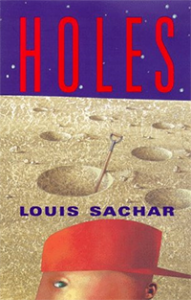 It’s been quite a while since I’ve read anything YA, but have pondered doing so for two reasons: (1) YA is hot, and (2) Many of my writer friends are hot for YA. In an attempt to remain culturally current (and solve the mystery of why this stuff is so popular with adults), I decided to give it a whirl.
It’s been quite a while since I’ve read anything YA, but have pondered doing so for two reasons: (1) YA is hot, and (2) Many of my writer friends are hot for YA. In an attempt to remain culturally current (and solve the mystery of why this stuff is so popular with adults), I decided to give it a whirl.
After deciding on Louis Sachar’s Newbery Award winning “Holes,” I learned the book was actually Middle Grade. So not only is there YA, there are genre divisions within YA (or is YA just a division within Children’s?). Anyway, Holes seemed like a good place to start.
I won’t go into detail about the story, as there’s lots of reviews out there, but it’s about an unlikely protag, Stanley Yelnats who is arrested for stealing shoes and shipped off to a boys camp named Camp Green Lake in the Texas wilderness. Stanley is a rather pathetic kid who’s kind of fat, getting picked on at school by a smaller kid, and is convinced his family is cursed. Stanley has “loser” written all over him. The boys at Camp Green Lake are forced to dig holes across the dry lake, but the evil camp staff are after more than just “building character” in these troubled boys. Holes is about Stanley’s growth as a person under these awful conditions and the discovery of friendship and a larger purpose to his life.
Some thoughts.
The first and most obvious thing you get out of a Middle Grade book is that it’s easy to read. Very few complex sentences, clipped dialogue, and little fat. If you’re attempting to engage 9 and 12 year olds, I suppose you can’t afford big works, cumbersome sentences, and overly-complex themes. (Is this true of all YA — it’s just easier reading? If so, it could be one reason why adults like to read it.) Not long ago, I asked the question How Hard Should We Make Our Readers Work?, opting for less “literary milk.” Nevertheless, I must admit, it was refreshing for me to experience an “easy read.” Holes was easy to pick up. Plus.
Another surprise to me was the book’s depth: The story is simple, but not simplistic. There is depth to the characters and mystery as to why these boys are digging and what they are digging for. Stanley has quite a past. Through a series of flashbacks, we not only learn about his family life, but its intersection with Camp Green Lake and the wicked Warden. All that to say, the story has layers. And the resolution involves generations of overlapping stories. Perhaps this surprised me because I mistakenly assumed that Middle Graders could not suffer such complex unfolding. Lesson learned.
Another enjoyable aspect for me were the amount of quirky details. I laughed out loud often. Whether it was that “Stanley Yelnats” was spelled the same frontwards and backwards, that Stanley’s great-Grandfather had stolen a pig from a one-legged Gypsy and been cursed, that Stanley’s family repeatedly blamed their misfortune on that “no-good-dirty-rotten-pig-stealin’-great-great-grandfather,” or that Stanley’s apartment always smelled like burning rubber because his father was trying to find a way to recycle tennis shoes — there is a lot of oddball, humorous little quirks to the story. And I like quirks.
There was one thing that bothered me about the book: the amount of violence. At least from a MG standpoint, I was surprised. For instance, the Warden puts snake poison in her nail polish and scratches the face of one of her men. At one point, one of the boys thwacks one of the guards with a shovel. Also, a lynch mob kills a black man for kissing a white girl. And there’s other stuff. The way they treat the boys is rather abusive, rationing water to the point of dehydration. And leaving them in the desert to blister their hands digging holes supplied with minimal rations. I dunno. It kind of made me wonder how Camp Green Lake had managed to survive this long without some parent or human rights group shutting the place down.
Finally, I wonder that Stanley Yelnats isn’t one of the great strengths of this story. He is an “outsider.” He relates to other outsiders, both in the story and in its readers. I’ve heard it suggested that this is one of the consistent YA themes (and strengths) — “outsiders.” Which makes me wonder if the enduring strength of this story isn’t its appeal to that awkward, but vast, group.
All that to say: I enjoyed Holes and my YA Challenge. So, what’s next? Any suggestions?


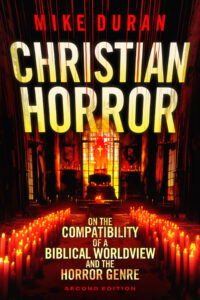
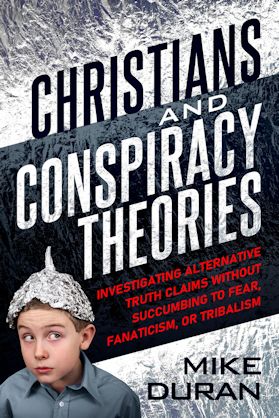
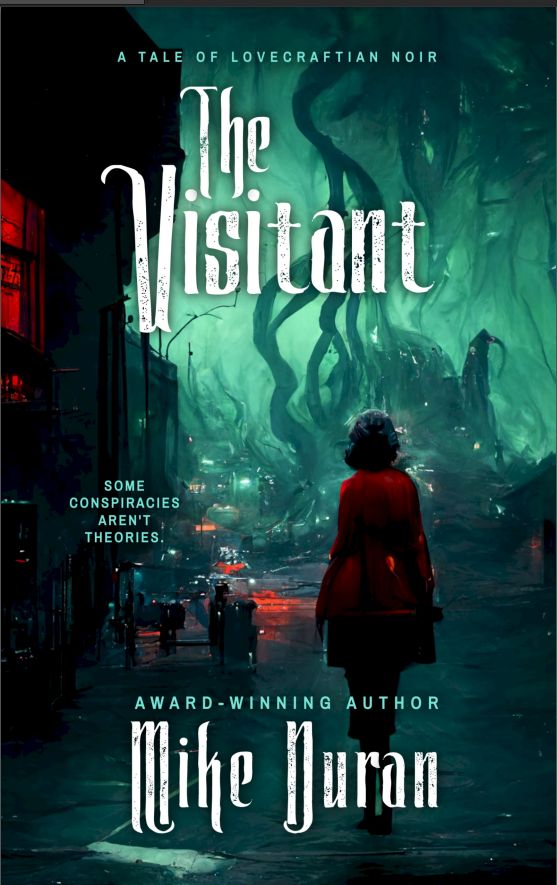

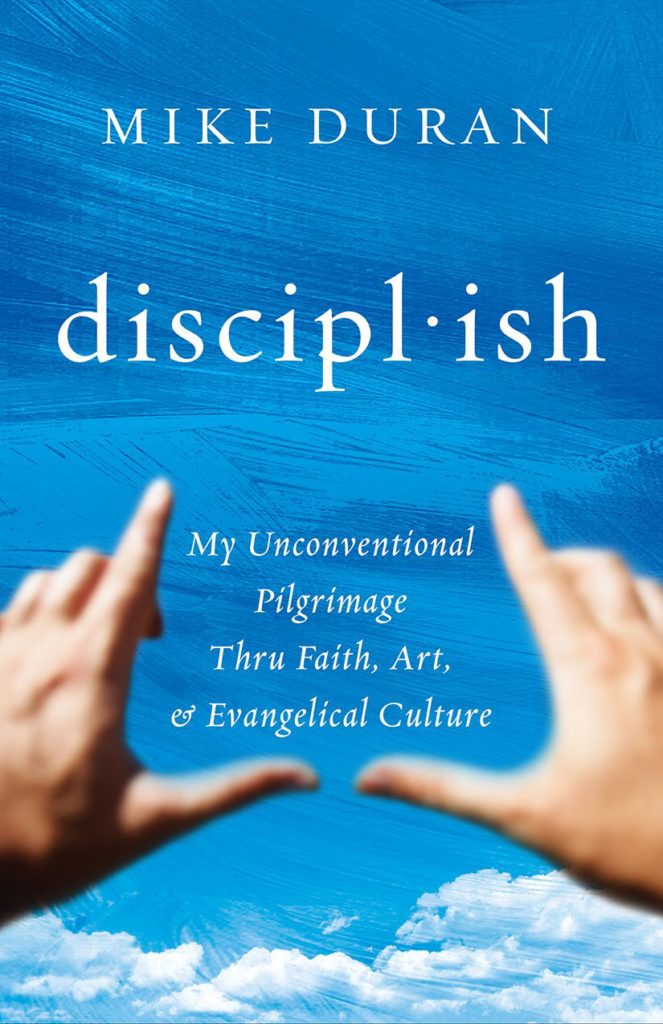
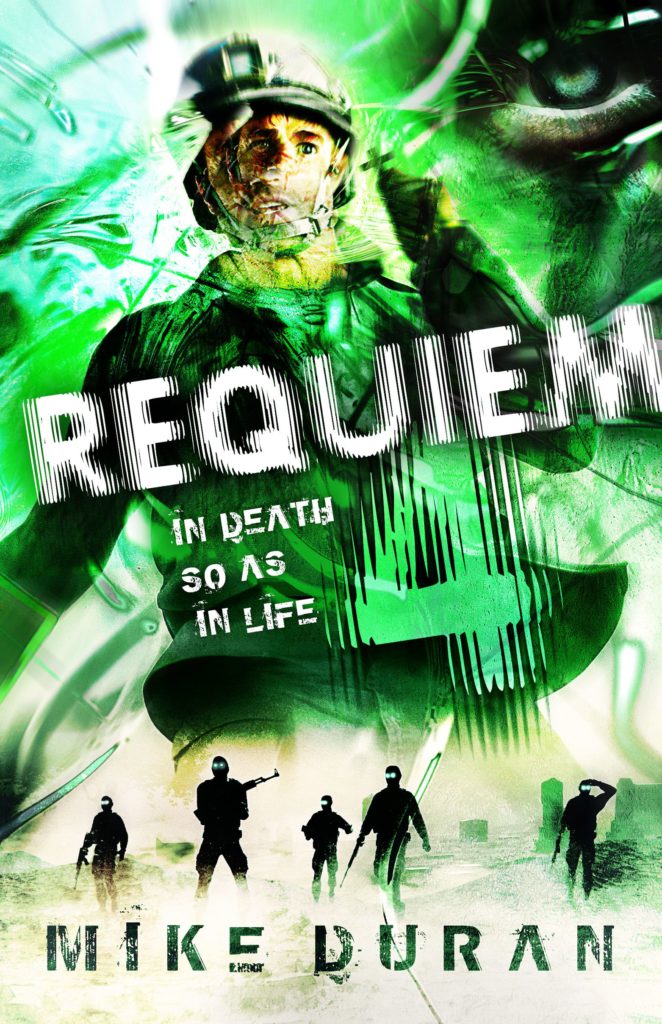
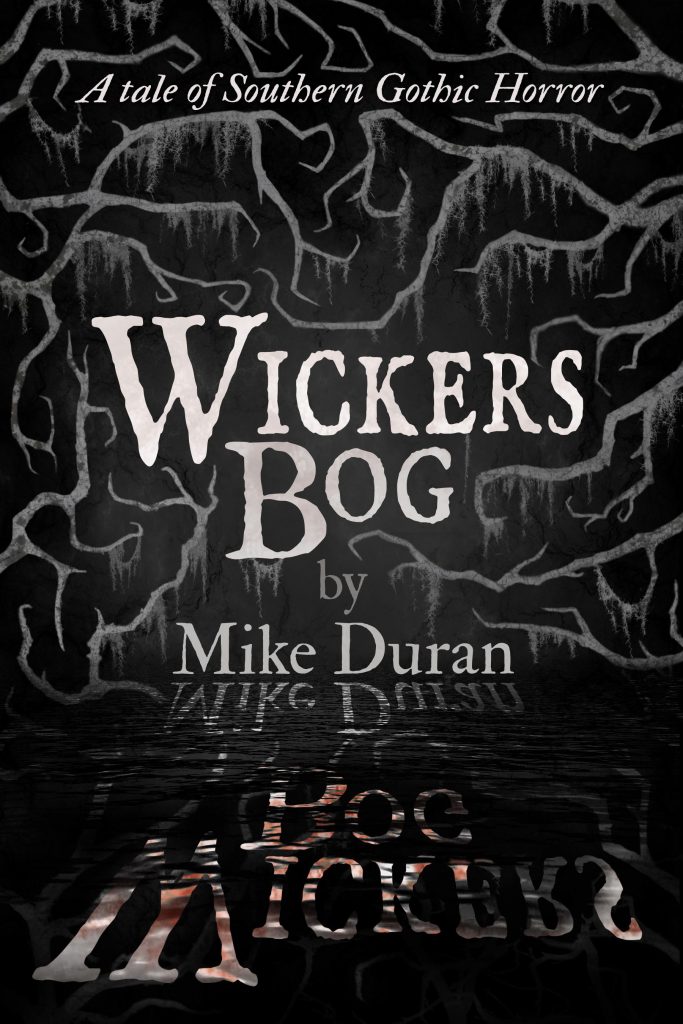
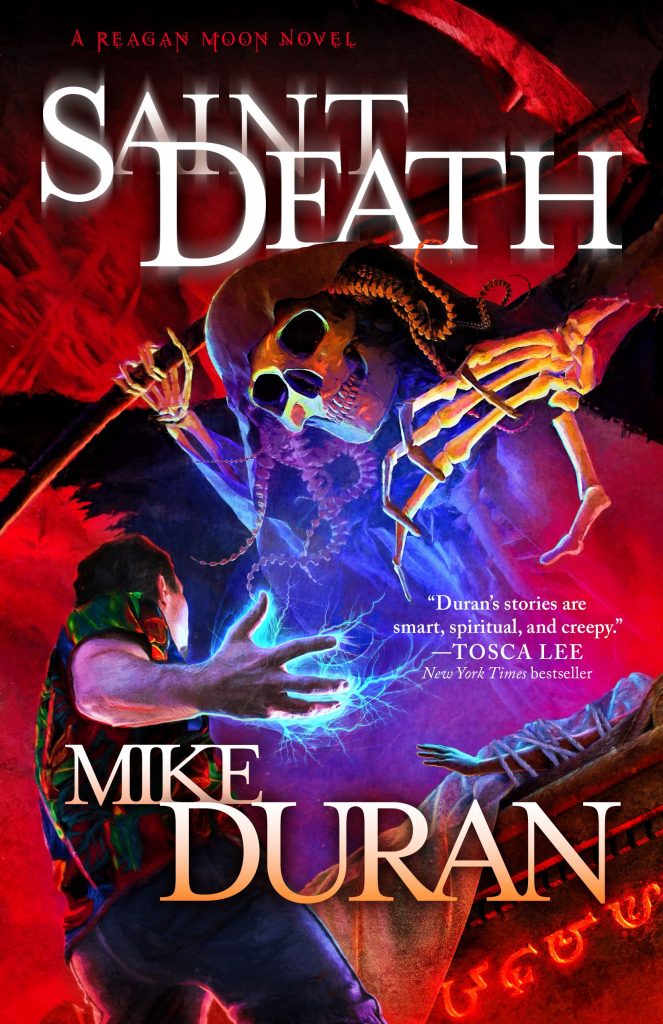
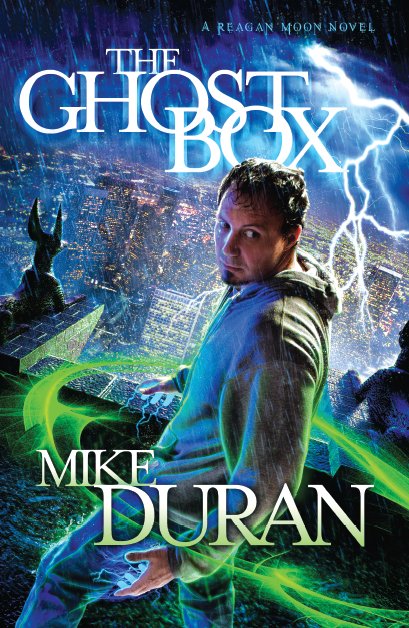
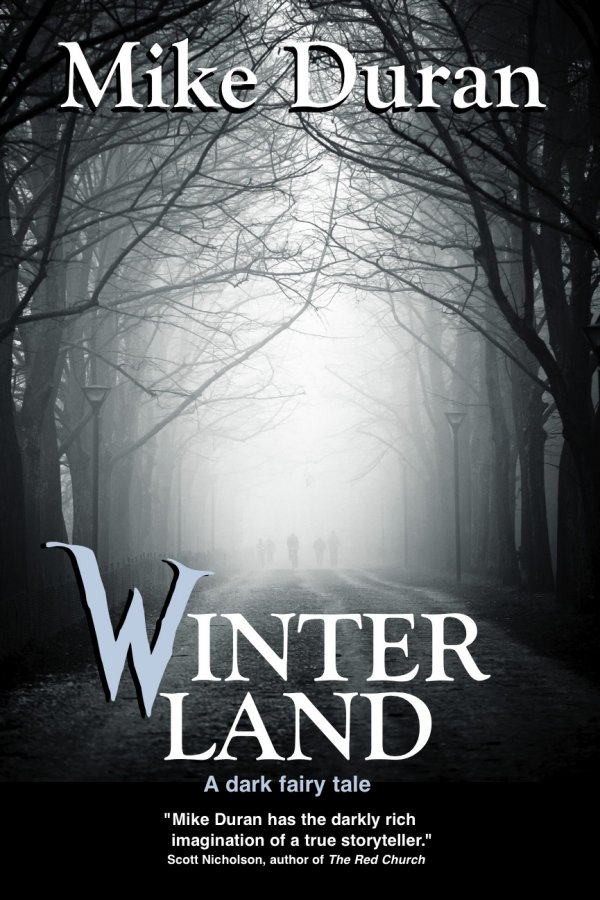
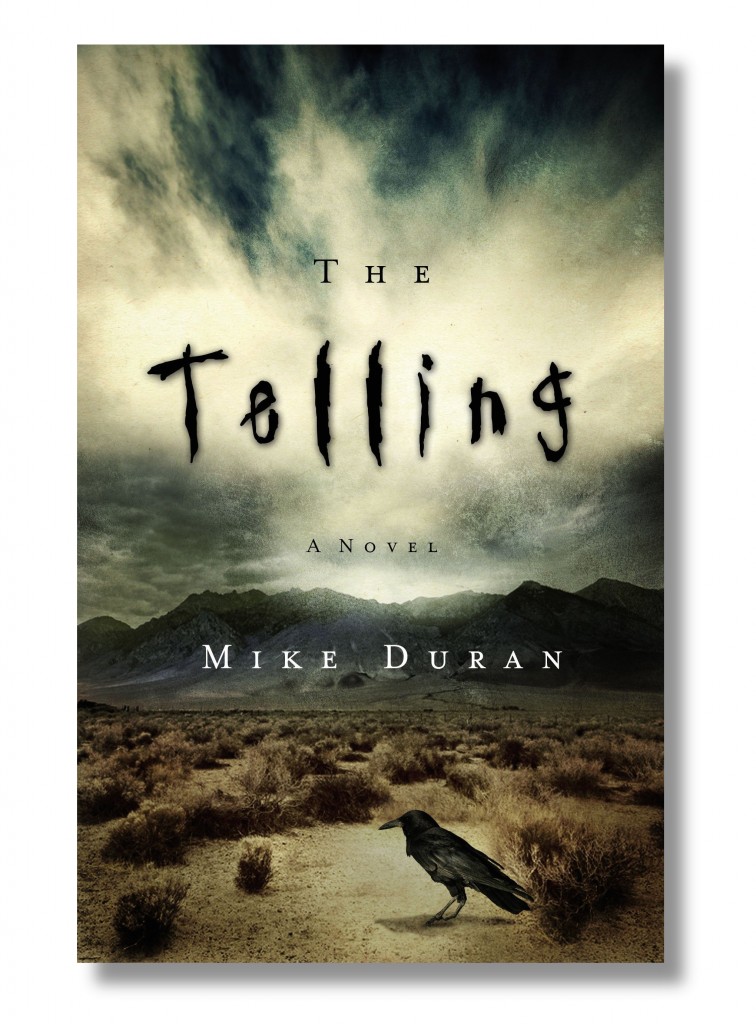
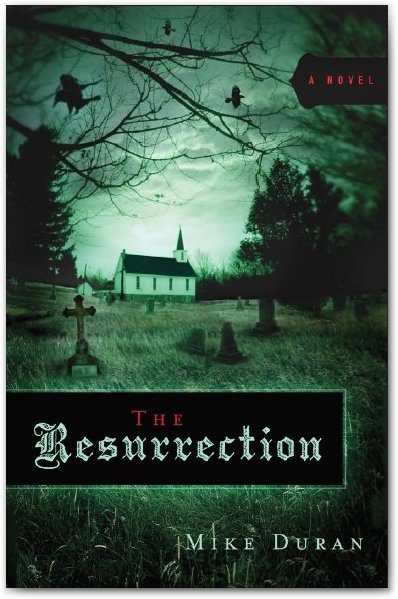
I haven’t read through all the comments, so I may be repeating, but you STILL need your first foray into YA. As you said, you found out that Holes is MG. MG and YA are two distinct categories within children’s books. Yes, there’s some overlap, as with Gary’s Schmidt’s Lizzy Bright and the Buckminster Boy, which got both a Newbery Honor (MG) and a Printz Honor (YA). But there are also agents and editors who will reject a ms. because it’s so in-between that it’s neither one, making marketing difficult. Or they’ll remark that a writer’s supposed MG voice is too YA. Very broadly speaking, MG is more concerned with the MC’s adjustment outside himself: family, school, friends, hobbies, the wider world in general. YA is more concerned with the adolescent’s “Who am I” questions. Identity and inner life, in other words. I think anybody who wants a serious look at YA today needs to read The Hunger Games trilogy. Also, try John Green. And Marcelo in the Real World, by Francisco X. Stork, is a beautiful book.
An excellent point, and one so simple I can’t believe I didn’t think to make it myself. MG and YA are different categories, and while there are some books that straddle the gap between “upper tween” and “younger teen” and thus can be difficult to firmly categorize, the difference in tone, emphasis and content between a true MG like Holes and a true YA like Marcelo or Hunger Games is enormous.
I too think Mike would like John Green.
Not that you need anymore recommends, I’ll do some anyway…
Seconded: Patrick Ness (YAYNESS! TODD!!), John Green (funny and intelligent), Eoin Colfer (funny and sassy), Laurie Halse Anderson (genius and heart-wrenchingly true).
I’m not sure you’d like Hunger Games, though (ducks).
For another MG book, I’d look seriously at THE GIVER as the next read. One of the most real coming-of-age stories I’ve read–and definitely the best Dystopian.
I may email you a longer list later 😉